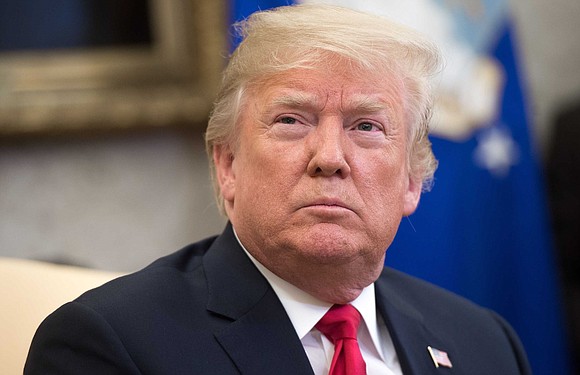Space Force: To 37% and beyond
CNN/Stylemagazine.com Newswire | 8/16/2018, 1:12 p.m.
By Grace Sparks, CNN
(CNN) -- President Donald Trump called in June for creating a US Space Force, a new branch of the military designed to protect US assets in space. And he was serious. Vice President Mike Pence made the request official last week, although Congress will have to weigh in.
But according to CNN's latest polling, a majority of Americans (55%) say they don't support the new plans to establish a Space Force; only 37% said they do.
Pence endorsed the proposed expansion of military boundaries by calling for a Space Force by the year 2020. But not even Trump's supporters are strongly behind the expansion into the final frontier.
Even among Republicans, support is lukewarm. Exactly half of the party and half of those who approve of the job Trump is doing as President want a Space Force. But half is barely a majority, so it's clearly not extremely popular among his supporters considering their overwhelming support for other elements of his agenda.
Among veterans, 47% back it, 50% oppose it, even though overall, they're pretty positive toward the President (55% approve of Trump's handling of the presidency).
The subgroups showing the largest opposition to a Space Force include those who disapprove of Trump (67% shouldn't establish), college graduates (67%), and Democrats (65%).
Relatively few people are unsure about this subject. Those over the age of 65 are most likely to not have an answer on whether the US should establish another military branch. However, only 8% say they don't know, a relatively average "unsure" number for similar questions.
The CNN poll was conducted by SSRS August 9-12 among a random national sample of 1,002 adults reached on landlines or cellphones by a live interviewer. Results for the full sample have a margin of sampling error of plus or minus 3.9 percentage points, it is larger for subgroups








